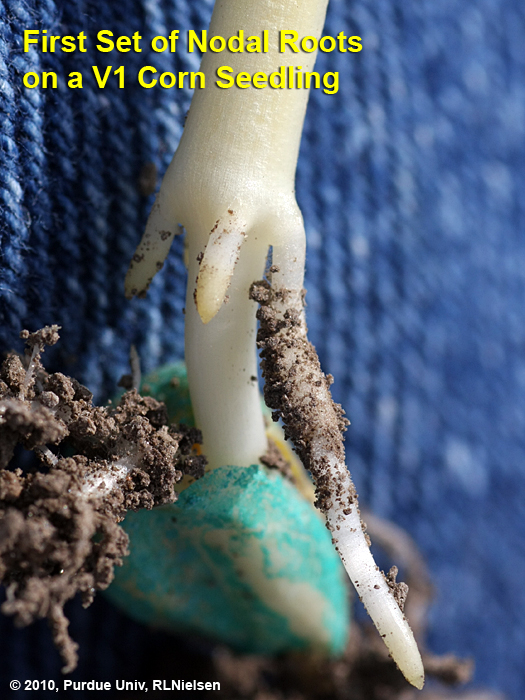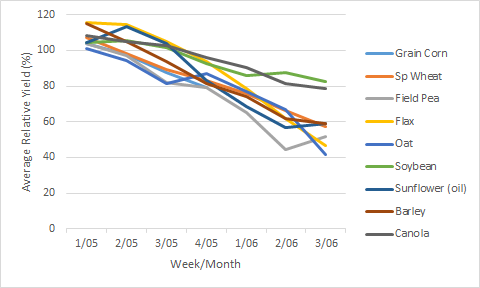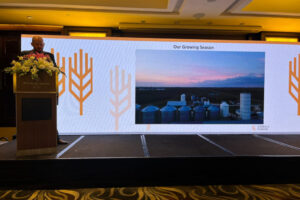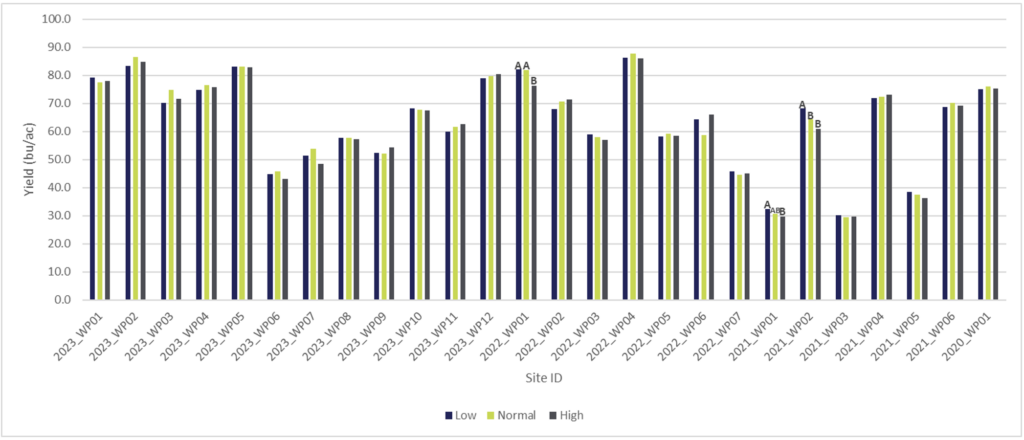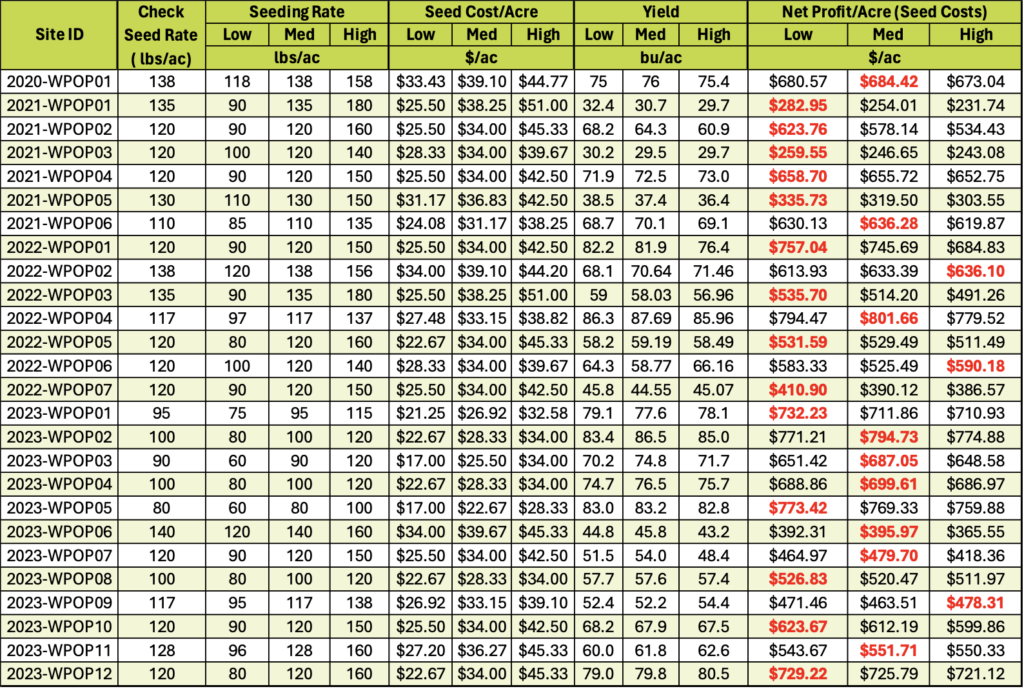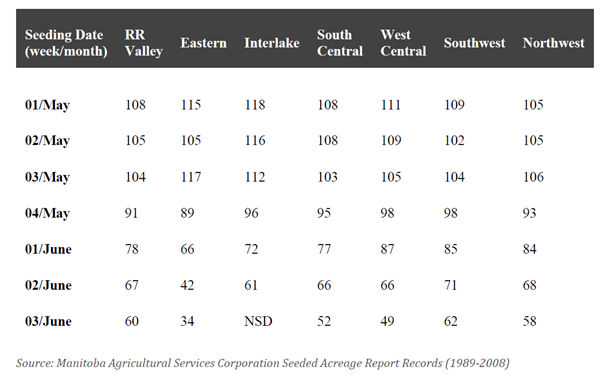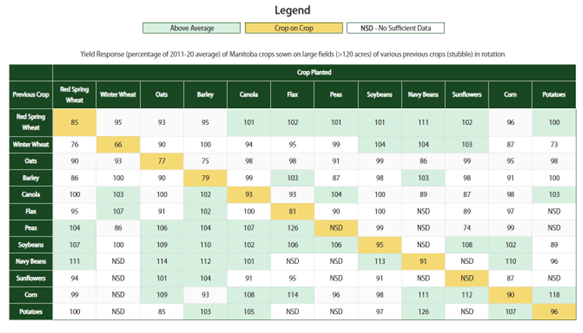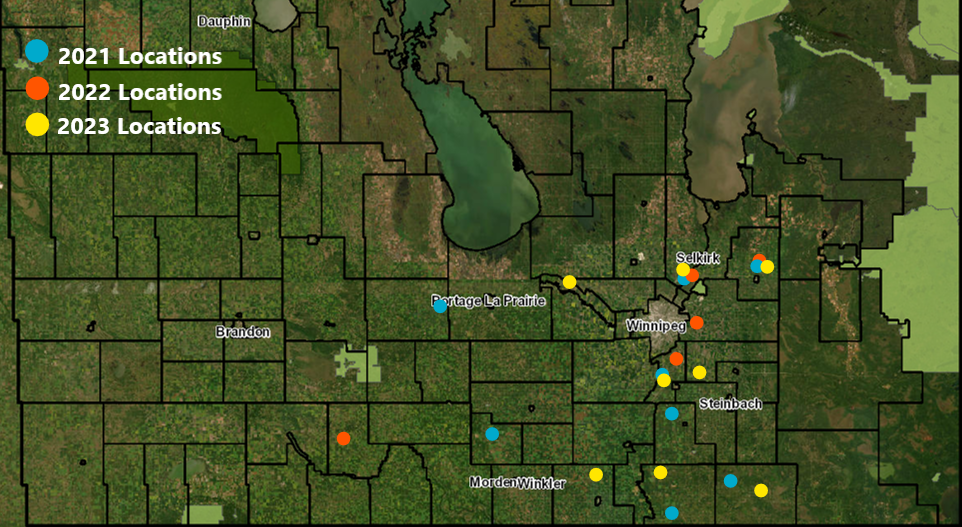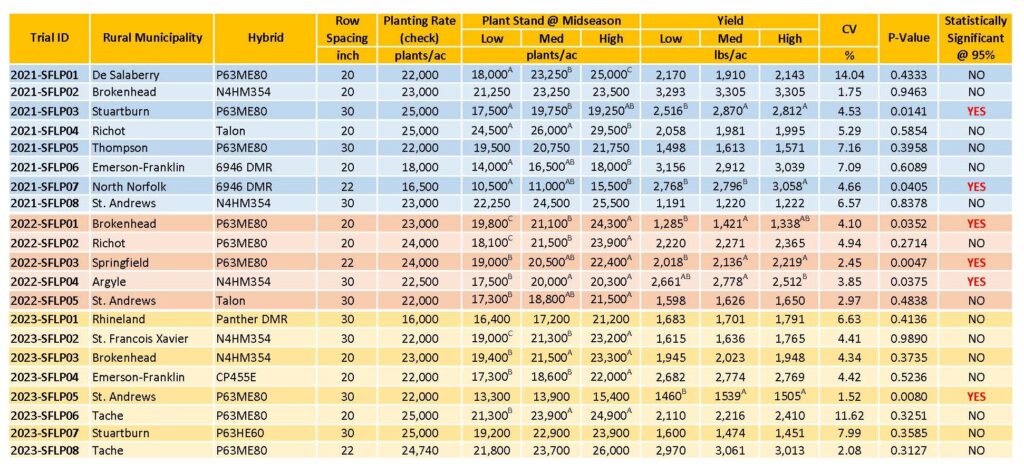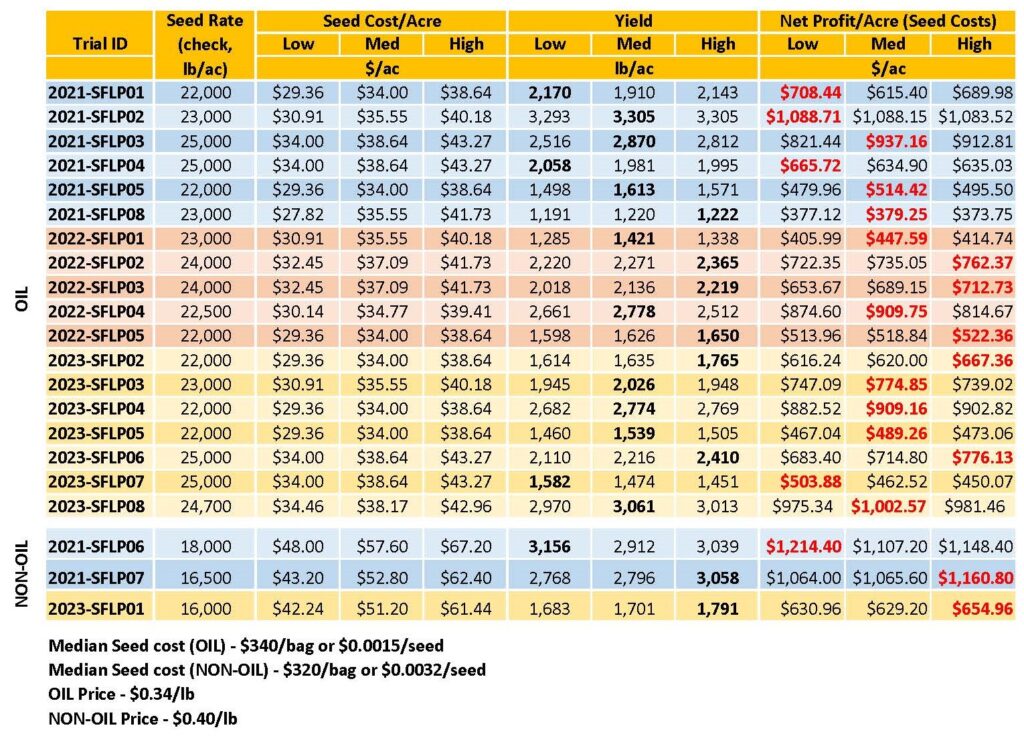Meet Manitoba Crop Alliance’s 2023-24 post-secondary bursary recipients

Manitoba Crop Alliance (MCA) is proud to support agriculture’s next generation. MCA’s bursary program is designed to assist with the financial needs of students pursuing education in a field that will benefit the agriculture sector.
Six post-secondary students from Manitoba have been awarded with MCA 2023-24 bursaries valued at $2,000 each. The 2023-24 bursary recipients are Emma Harms from Mather, Rhett Grieve from Virden, Ashlyn Whetter from Alexander, Brendan Friesen from Blumenfeld, Nathan Krahn from Rivers, and Cadence Krahn from Carman.
“Year after year, I am impressed with the curiosity and passion for agriculture displayed by our bursary recipients,” says MCA Chair Robert Misko. “These qualities will serve them well as they begin their careers, and I look forward to seeing how their generation moves our industry forward.”
Bursary applicants needed to meet the following criteria:
- Have completed their first or second year of post-secondary education at the college or university level (diploma or degree) and are enrolled full-time for the 2023-24 school year in an agricultural program within the province of Manitoba.
- Have achieved a minimum cumulative grade point average (GPA) of 2.0.
- Have an interest in wheat (spring or winter), corn, barley, flax or sunflower crops, or agriculture in general, as demonstrated in a brief, one-page letter.\
- Are from a farm that is a member in good standing with MCA
- Have not previously been awarded an MCA bursary.
An independent selection committee was contracted to evaluate the applicants based on their connection to or interest in agriculture, explanation of why they decided to enrol in an agriculture-related post-secondary program, how they hope to benefit the agriculture industry once they have graduated and are in the workforce, and their academics and writing skills.
This year, the selection committee included Mallorie Lewarne, grow team advisor with Federated Co-operatives Limited; Anne Kirk, cereal crop specialist with Manitoba Agriculture; and Haider Abbas, applied research specialist at Manitoba Agriculture.
Lewarne provides technical agronomy support to local co-ops in Manitoba. She holds a B.Sc. in agriculture and an M.Sc. in plant science from the University of Manitoba and is a member of the Professional Agrologists Institute of Manitoba. Prior to her current role, she worked for MCA as an agronomy extension specialist.
With Manitoba Agriculture, Kirk focuses on cereal crop extension and variety trials. She holds a B.Sc. in agriculture and a master’s in plant science from the University of Manitoba. She is also a Certified Crop Advisor and a member of the Manitoba Institute of Agrologists.
Abbas was born and raised on a family farm and holds a B.Sc. in agricultural engineering and an M.Sc. in biosystems engineering from the University of Manitoba. He is currently based at the Manitoba Crop Diversification Centre in Carberry, MB, where he contributes to advancing agricultural research and innovation.
Thank you to the selection committee for evaluating the bursary applications and congratulations to the 2023-24 bursary recipients!



